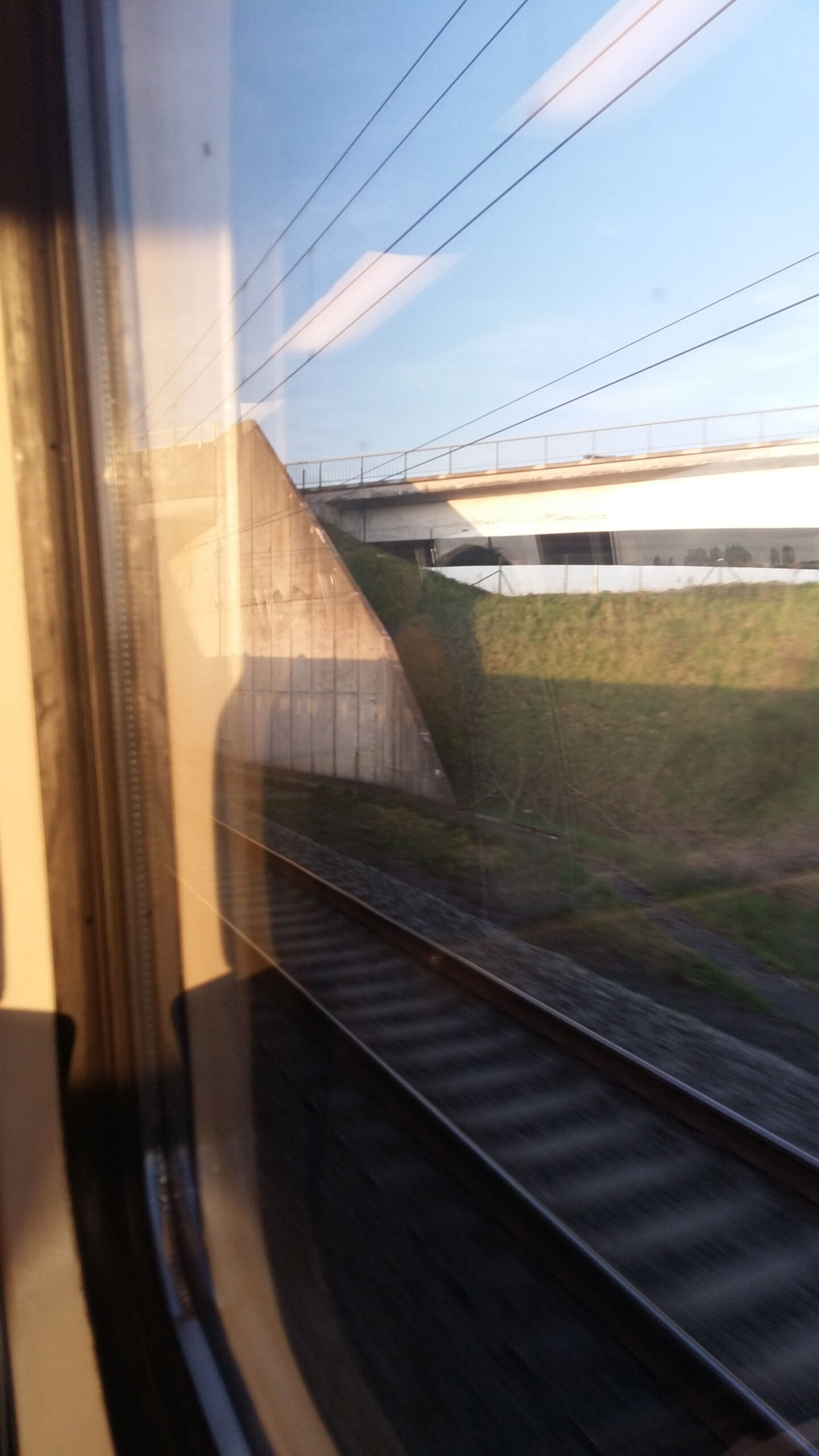maib24 2021-2022 by Caroline Newton – Cecilia Chiappini
Belgium – The Netherlands: Borders under Hyper-Transformations
Urban Cultures Engagement – Hyper-transformations Series
Semester: 2, Location: Brussels, Language: English
Interior Design students allowed
In April 2018, the NS-B Intercity Direct between Amsterdam and Brussels changed its track connection and border stop from Roosendaal (NL) to Breda (NL), reducing the travel time between the two cities to less than 2 hours.[1]
Also, since 2018, a direct train between London, Brussels and Amsterdam has been running, and from October 2020 on, it is possible to travel 4 hours non-stop in both directions.[2]
In the last year, many of the night trains once cancelled because of the rise of low-cost airlines are starting to be reactivated. Now, there are, for example, rides from Brussels and Amsterdam to Zurich (CH), Venice (IT), Berlin (D) and Wien (A)[3]
Transformations at the infrastructural scale are not just relevant for those willing to travel for pleasure or work; they profoundly redefine the nature of national borders and transnational spatial conditions.
In the design studio, we will focus on the transforming conditions of the borders between Belgium and The Netherlands, particularly those anchored in the infrastructure connexions between the regions of North-Brabant (NL), Antwerp, the Flemish Brabant, and Brussels (B).[4] From the infrastructural level, we will address the effects on different levels of spatial configurations, including the territorial and landscape, urban and rural.
Shifting scales, we will inquire how these processes relate to spatial justice and density distribution issues. We will investigate questions such as: Where and how are new (housing) developments related to urban centres and edges, natural and technical resources? How and for whom are these imagined? How do they interact with the levels as mentioned above?
Through research and reflection, we will produce design positions and explorations at the urban and architectural scales. The proposals will be our tools to engage in pressing debates taking place in both countries, typically dismissing these vital transnational interactions.
The design studio will include an excursion to some critical locations, most likely including Antwerp, Breda, Tilburg, and/or ´s-Hertogenbosch (to be collectively decided at the beginning of the semester). The students are also expected to choose a specific location where further fieldwork is to be conducted, combining remote and on-site work.
[1] Also adding a new stop at Noorderkempen (B). Se: https://www.nsinternational.com/nl/belgie/amsterdam-brussel?gclid=Cj0KCQiA8ICOBhDmARIsAEGI6o0Rgh935PhOA_cmVNOVMT1Y2vEL1YSFq8AWlL2qMwFhLNUv8nVSUroaAltLEALw_wcB
[2] See: https://www.afar.com/magazine/theres-now-a-direct-high-speed-train-from-amsterdam-to-london
[3] See: https://railway-news.com/two-new-international-night-train-lines-launched-in-europe/
[4] This area is in-between three of the biggest European metropolitan areas: The Randstad (Amsterdam, Rotterdam, The Hague and Utrecht), The Flemish Diamond (Brussels, Ghent, Antwerp and Leuven in Belgium) and the Rhine-Ruhr metropolitan region (Dortmund-Bochum-Essen-Duisburg, Mönchengladbach, Düsseldorf, Wuppertal, Leverkusen, Cologne and Bonn).Moreover, it is right at the core of the European corridor known as the “blue banana”. See: https://web.archive.org/web/20141006102312 / http://www.eu-partner.com/iontent&view=article&id=9%3Athe-blue-banana&catid=1%3Anews&Itemid=16

